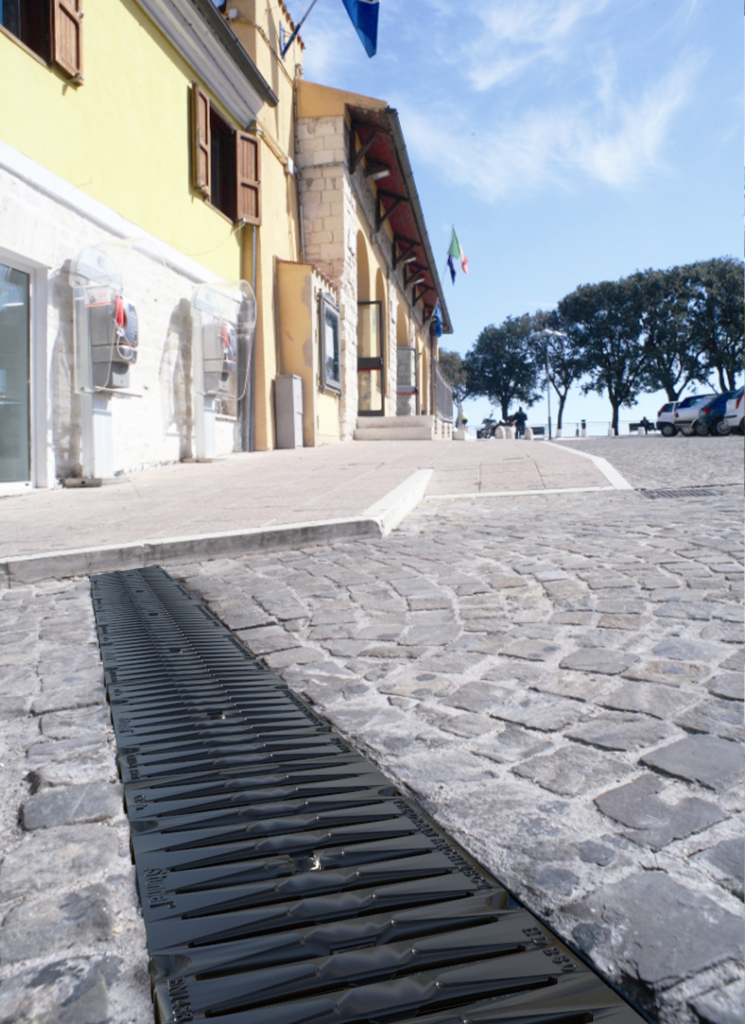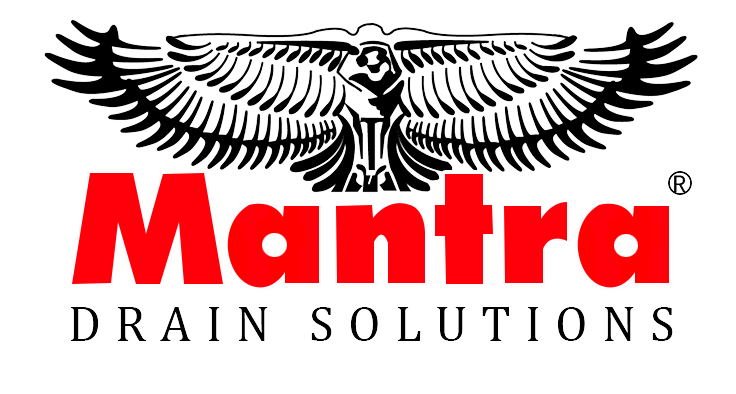
In modern IT infrastructure, a well-designed drainage system plays a vital but often overlooked role in protecting sensitive equipment and ensuring uninterrupted operations. Data centers, server rooms, and network facilities house electronics that are highly vulnerable to water damage, making even minor leaks potentially disastrous. To mitigate this risk, today’s IT rooms incorporate underfloor drainage systems as part of their safety and risk management planning. Underfloor drainage is typically installed beneath raised server floors to quickly capture and redirect unexpected water from condensation, HVAC leaks, or fire suppression systems, preventing accumulation around critical electrical devices. HVAC equipment, essential for cooling IT hardware, produces condensation that must be drained efficiently to avoid water pooling and potential system failures. Beyond server areas, drainage systems in battery rooms, mechanical spaces, and emergency areas help manage spills or accidental water discharges safely. Additionally, proper drainage around the facility, including outdoor drainage systems, prevents rainwater from entering server rooms, particularly in underground installations. A reliable underfloor drainage system keeps IT infrastructure dry, safe, and fully operational while safeguarding against equipment damage, downtime, and data loss. In essence, even in high-tech environments, a thoughtfully implemented drainage system is critical to maintaining system integrity and operational reliability. By integrating underfloor drainage into IT infrastructure design, data centers and server facilities ensure long-term protection, efficiency, and peace of mind for operators and stakeholders alike.
Where can we install our drainage?
Server Rooms / Data Centers

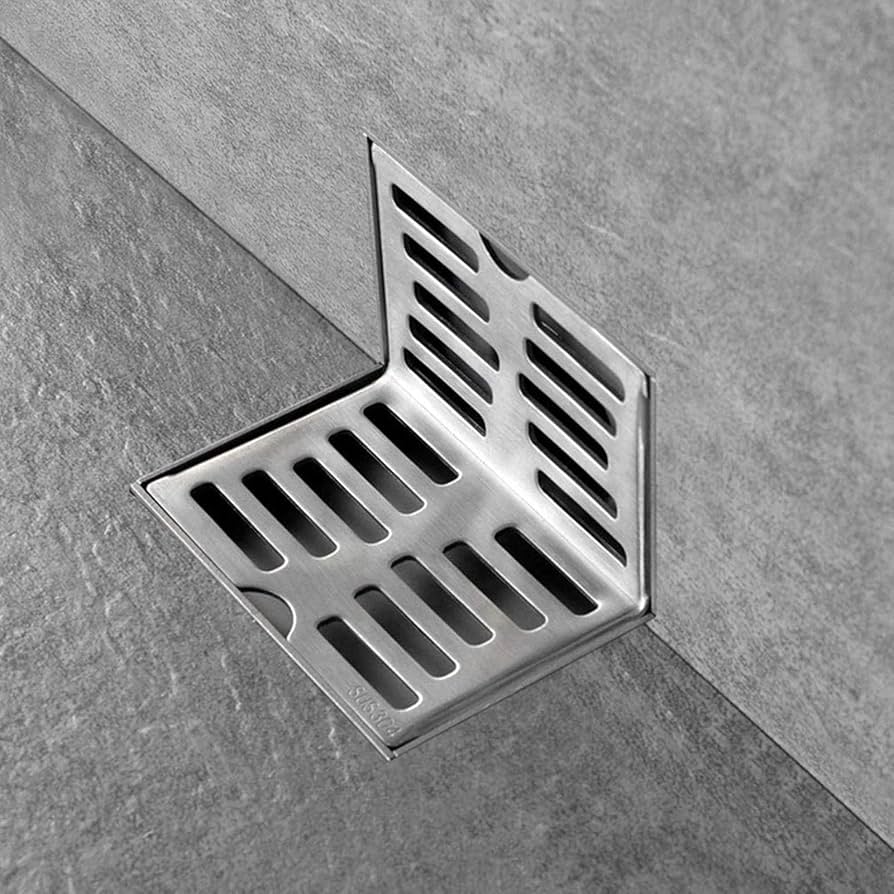
Cooling Systems (HVAC)
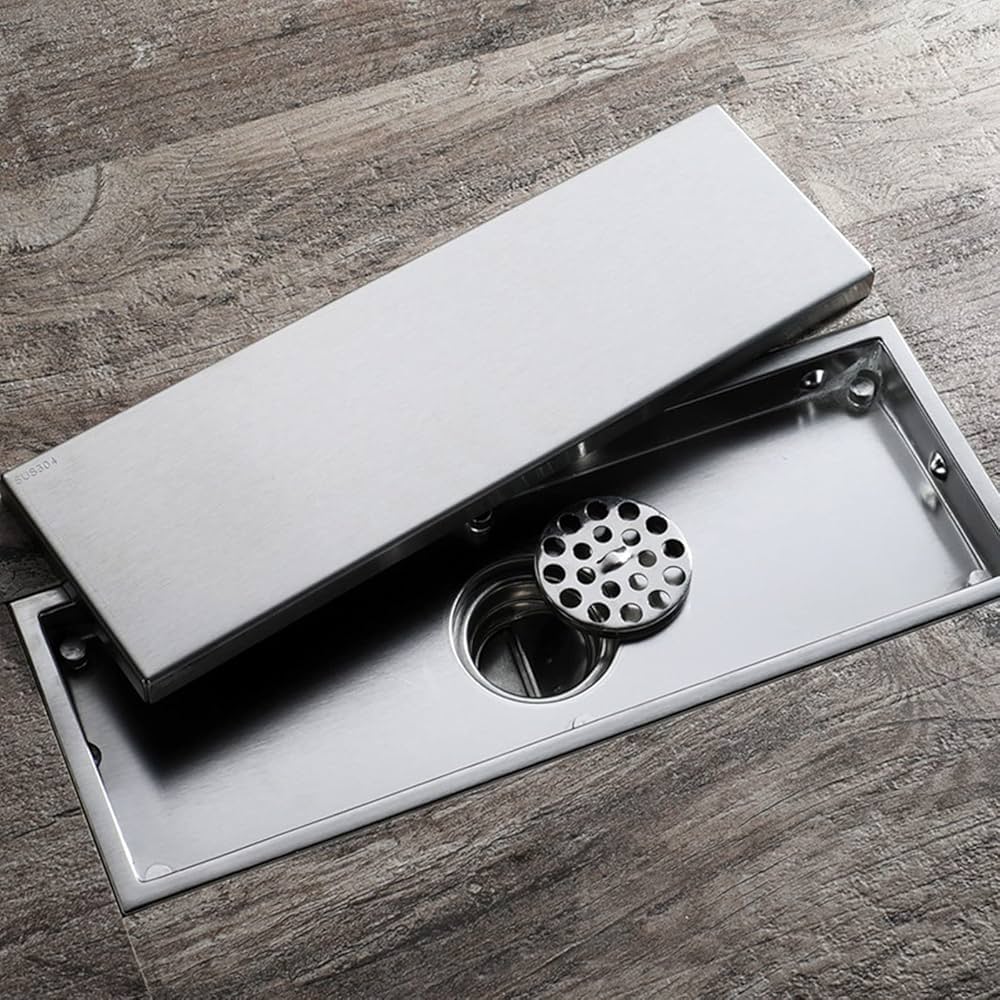
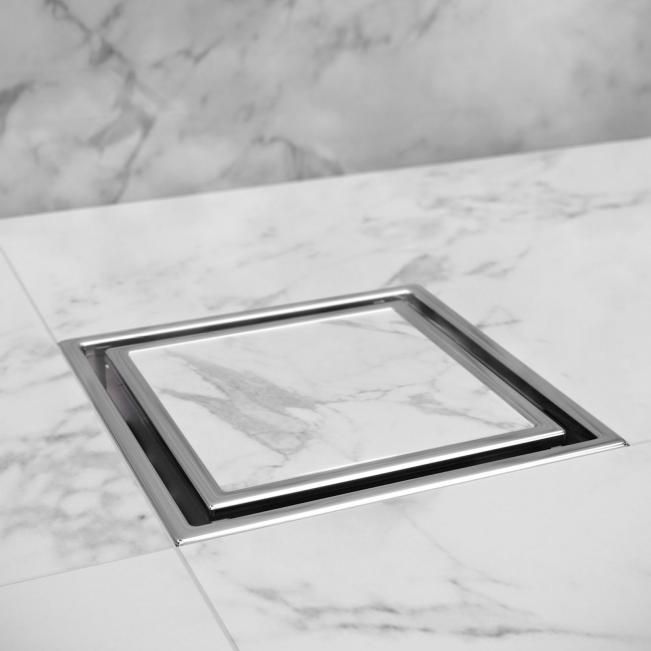
Fire Suppression Areas

Utility/Maintenance Rooms
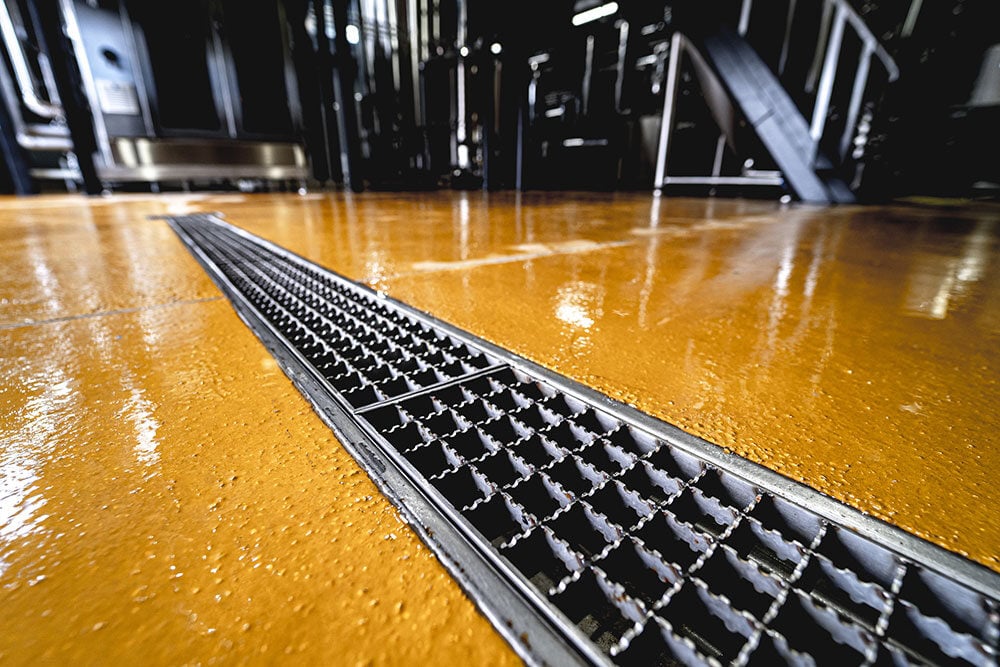
Exterior Areas
